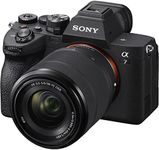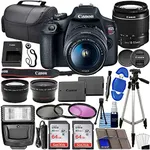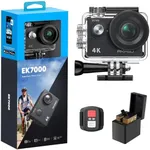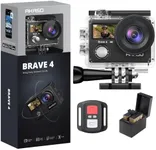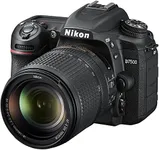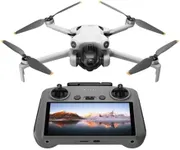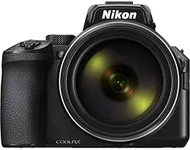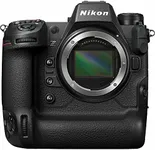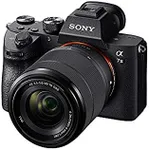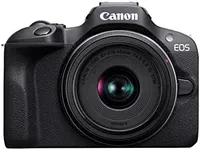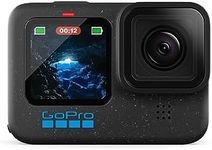Buying Guide for the Best Skateboarding Camera
Choosing the right camera for skateboarding can make a huge difference in capturing those epic tricks and moments. When selecting a skateboarding camera, it's important to consider several key specifications that will ensure you get the best footage possible. These specs will help you understand the camera's capabilities and how well it will perform in different skateboarding scenarios. By focusing on these key areas, you can find a camera that fits your needs and helps you document your skateboarding adventures with clarity and style.Frame RateFrame rate refers to the number of frames captured per second (fps). This spec is crucial for skateboarding because higher frame rates allow for smoother slow-motion footage, which is great for analyzing tricks and creating dramatic effects. Common frame rates include 30fps, 60fps, and 120fps. For general use, 30fps is sufficient, but if you want to capture slow-motion shots, look for cameras that offer 60fps or higher. Your choice should depend on how much slow-motion footage you plan to shoot.
ResolutionResolution determines the clarity and detail of your video. Higher resolution means more detail, which is important for capturing fast-moving skateboarding action. Common resolutions include 1080p (Full HD), 1440p, and 4K. For most users, 1080p is adequate and provides good quality. However, if you want the highest level of detail and plan to edit your videos extensively, consider a camera with 4K resolution. Choose based on how important video quality is to you and how you plan to use the footage.
StabilizationStabilization helps reduce camera shake and ensures smooth footage, which is especially important when filming skateboarding. There are two main types: electronic image stabilization (EIS) and optical image stabilization (OIS). EIS is more common and works well for most skateboarding scenarios, while OIS provides superior stabilization but is usually found in higher-end cameras. If you often film while moving or performing tricks, prioritize a camera with good stabilization to keep your footage steady.
DurabilityDurability refers to how well the camera can withstand the rough and tumble of skateboarding. Look for cameras that are rugged, waterproof, and shockproof. These features ensure that your camera can handle falls, impacts, and various weather conditions. If you frequently skate in challenging environments or are prone to dropping your camera, durability should be a top priority. Choose a camera that can endure the physical demands of skateboarding.
Battery LifeBattery life indicates how long the camera can operate on a single charge. This is important for long skate sessions where you might not have the opportunity to recharge. Cameras with longer battery life allow you to film more without interruption. Typical battery life ranges from 1 to 3 hours. If you plan to film for extended periods, look for a camera with a longer battery life or consider carrying extra batteries. Your filming habits will guide you in choosing the right battery capacity.
Mounting OptionsMounting options refer to the different ways you can attach the camera to various surfaces or gear. This is important for capturing unique angles and perspectives while skateboarding. Look for cameras that offer a variety of mounts, such as helmet mounts, chest mounts, and board mounts. The more versatile the mounting options, the more creative you can get with your shots. Consider how you plan to film and choose a camera that offers the mounting flexibility you need.

